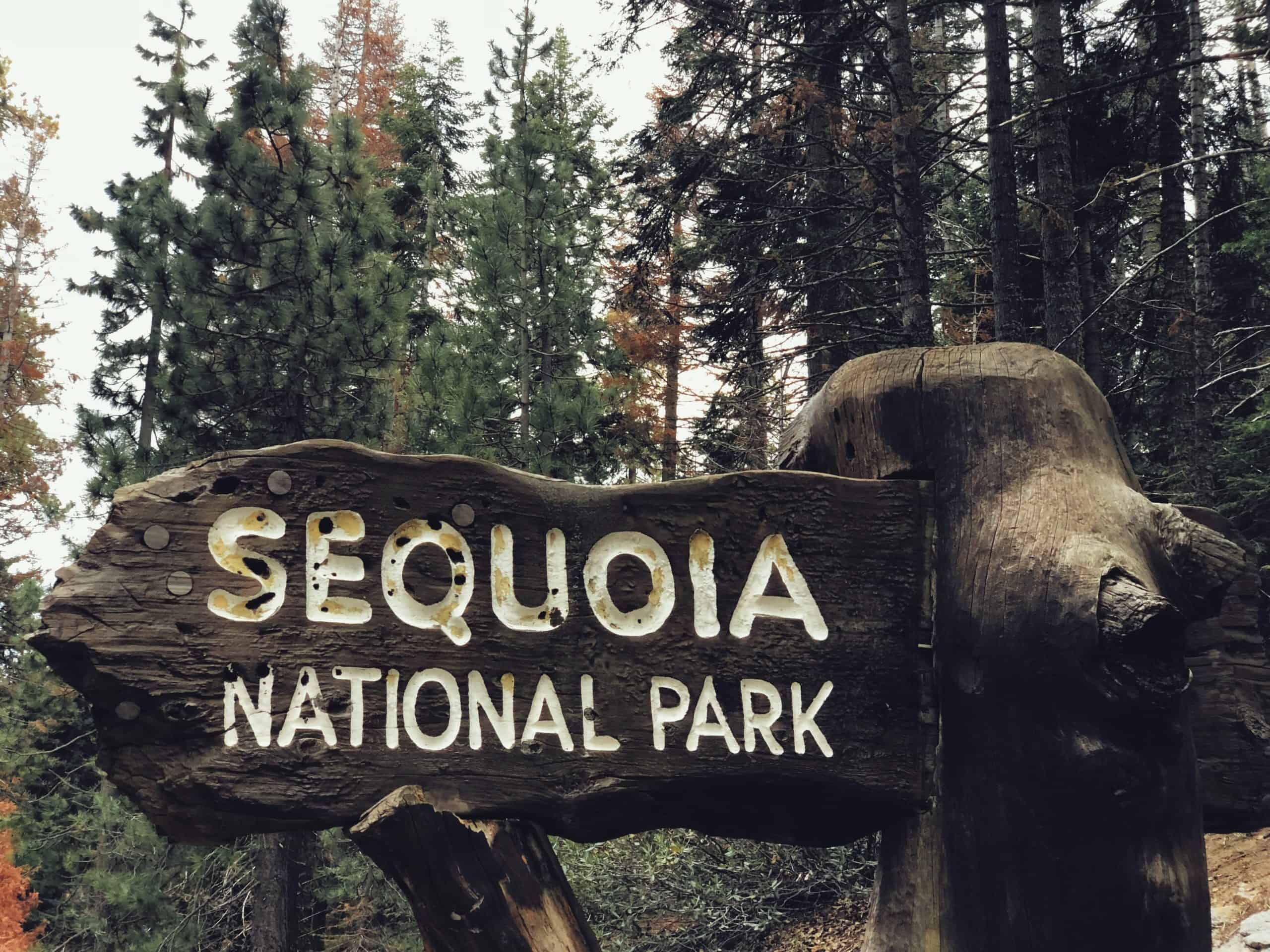Nothing makes visitors feel more insignificant than Redwoods, the largest trees in the world. They are magnificent things, centuries-old and hundreds of meters tall. You can find a surprising number of these majestic entities in America’s national parks. But which one stands above the rest? Better yet, which national park has the largest tree?
The largest tree is found in Sequoia National Park and is called General Sherman. It is 275 feet tall with a circumference at the ground of 102 feet, an average crown spread of 106 feet, and branches that are 7 feet in diameter.
Some people deny the claims that Sequoia National Park has the largest trees. Others are more interested in the somewhat controversial history of the National Park and its trees. You also have those that don’t know where to start when they enter the park. This article will provide some clarity.
The National Park With the Largest Tree
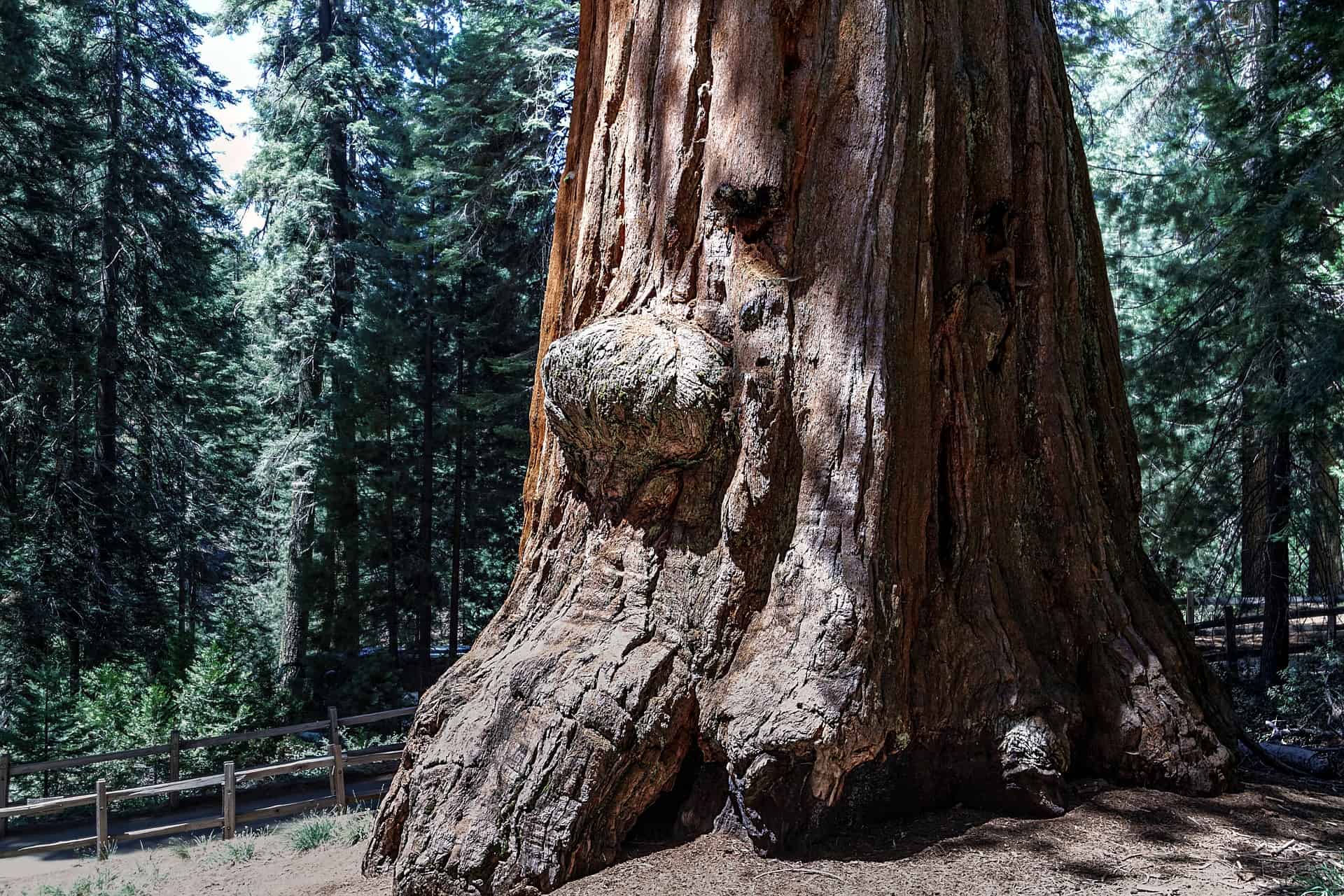
Sequoia National Park sits on 404,000 acres. Situated in Southern Sierra Nevada, the park came into existence in 1890. Home to Mount Whitney, the highest point in the country (14,505 feet above sea level), the park encompasses 629 square miles of forested area.
The National Park Service, which administers Sequoia, also manages Kings Canyon National Parks. While a lot of people flock to Sequoia to see General Sherman, the Giant Forest, the area that General Sherman inhabits, is also home to five of the largest trees in the world.
The majority of the park is wilderness, and there are no roads. You can only traverse these areas on foot or with a horse. Most people use the southern entrance (within the vicinity of Three Rivers) to access the park.
You can expect to see mule deer, rattlesnakes, yucca plants, grasslands, California Black Oak, and Douglas Squirrels, to mention just a few. This is on top of the giant sequoia trees for which the park is known.
You may also like: Which National Park Has the Highest Mountain?
What About Redwood National Park?
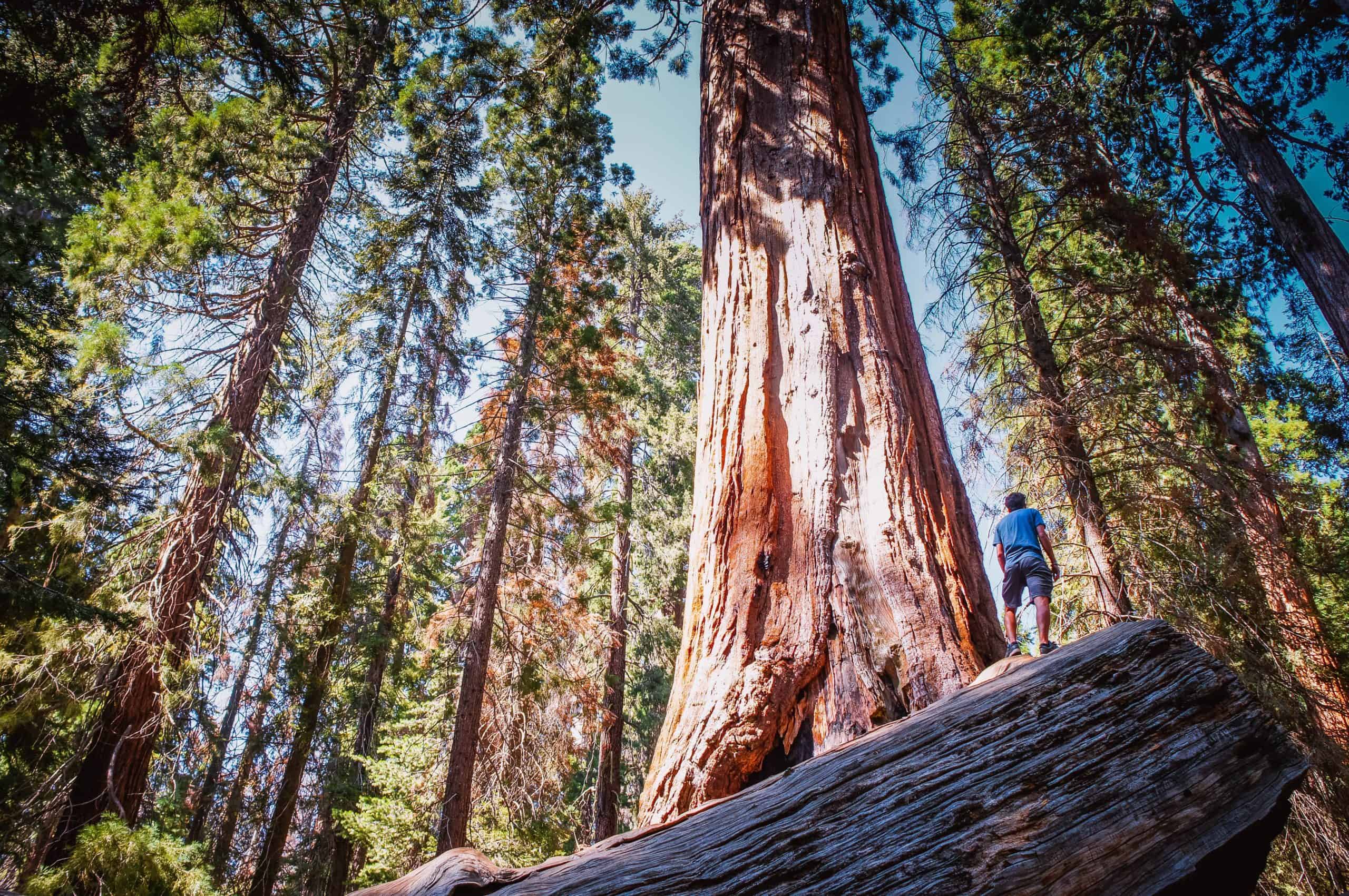
This is a good question that people who have visited the Redwood National Park raise. You will also find it among people who know that Redwoods are the largest trees in the world. Their argument is easy to understand.
If Redwoods are such impressive trees, then a National Park called Redwood must have the most massive trees in the country, possibly even the world. Redwood NP is definitely remarkable, and according to National Geographic, it sits on 139,000 acres, and the park has been around since 1968.
People are sometimes eager to elevate the large trees in Redwood National Park over the large trees in Sequoia National Park because the Hyperion is so popular in some conversationalist circles. If you haven’t heard of it, Live Science calls the Hyperion the tallest tree in the world.
It stands at 115.7m, which dwarfs all other Redwood trees. People have known about Hyperion since 2006. You can blame Michael Taylor and Chris Atkins for its discovery. Though, as Wikipedia will tell you, unlike General Sherman, Hyperion’s location is a secret.
Don’t expect to visit it anytime soon. The purpose of the secrecy is to protect the tree from visitors that might accidentally harm it.
As far as Hyperion’s comparison to General Sherman is concerned, Hyperion is the tallest tree, not the largest tree. General Sherman still holds that title. In other words, while Redwood NP deserves all the praise it gets, Sequoia is the National Park with the largest tree.
What Is the History of General Sherman?
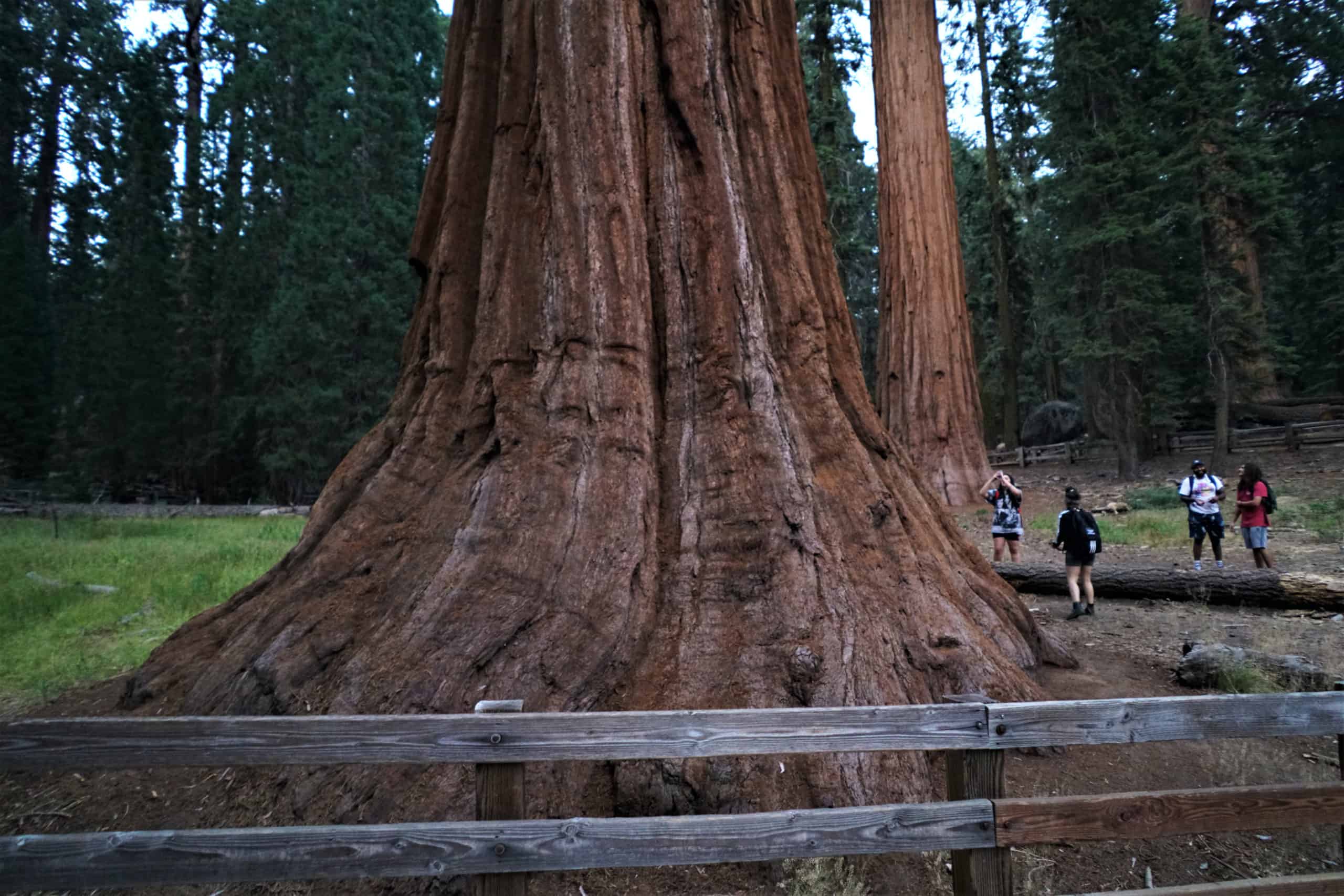
The history of General Sherman is intertwined with the history of Sequoia National Park. Native Americans (also called Monachee) were the first inhabitants of the area. As far as most people can tell, they respected the giant trees that surrounded their homes.
European settlers changed everything. Not only did they introduce smallpox to the region, an ailment that destroyed the native community, but they started cutting the trees down. The public was partly to blame.
They were so curious about the giant sequoias that some people would cut them down for the sake of displaying them in urban centers. Hale Tharp was different. He made his home in the area. But unlike other settlers, he respected the giant trees.
He eventually worked alongside John Muir to protect the giant Sequoias from loggers. They initially assumed that interest in the trees would die down once the lumber industry realized that the trees splintered too easily.
But even after the sequoias lost their financial value, people kept cutting them down for sport. Everything changed when the government created Sequoia National Park and assimilated the area Tharp had named Giant Forest, giving its giant Sequoias legal protection from loggers.
The man that gave General Sherman its name was James Wolverton. The naturalist served under the Civil War General (William Tecumseh Sherman) in the 9th Calvary and wished to honor him. That is why it’s called General Sherman.
What Will You See When You Visit General Sherman?
The size of General Sherman stuns most people to silence, and if you’ve yet to see it in person, the video below paints a clear picture of its enormity.
If you are thinking about visiting Sequoia National Park to see the world’s largest tree, this is what you can expect:
- Parking Lot
Your journey will start in the parking lot. It is large enough, so you shouldn’t have a problem finding a parking spot. You can also use the bathrooms before you set off. - Trail
To see General Sherman, you must follow a trail downhill. The path eventually levels out. However, you don’t have to worry about the hike exhausting you. There are plenty of benches along the way. - First Look
You will get your first look at the tree even before you reach it. Once it levels out, the trail will lead you to an overlook from where you can see the tree. If you need a break, take a moment to read the plaque in the area. It will tell you everything you need to know about General Sherman. - Final Stage
You have to walk another mile to reach the General Sherman tree. You should pace yourself when making this hike. The way back is uphill. So you cannot afford to tire yourself out.
Interesting Facts About General Sherman
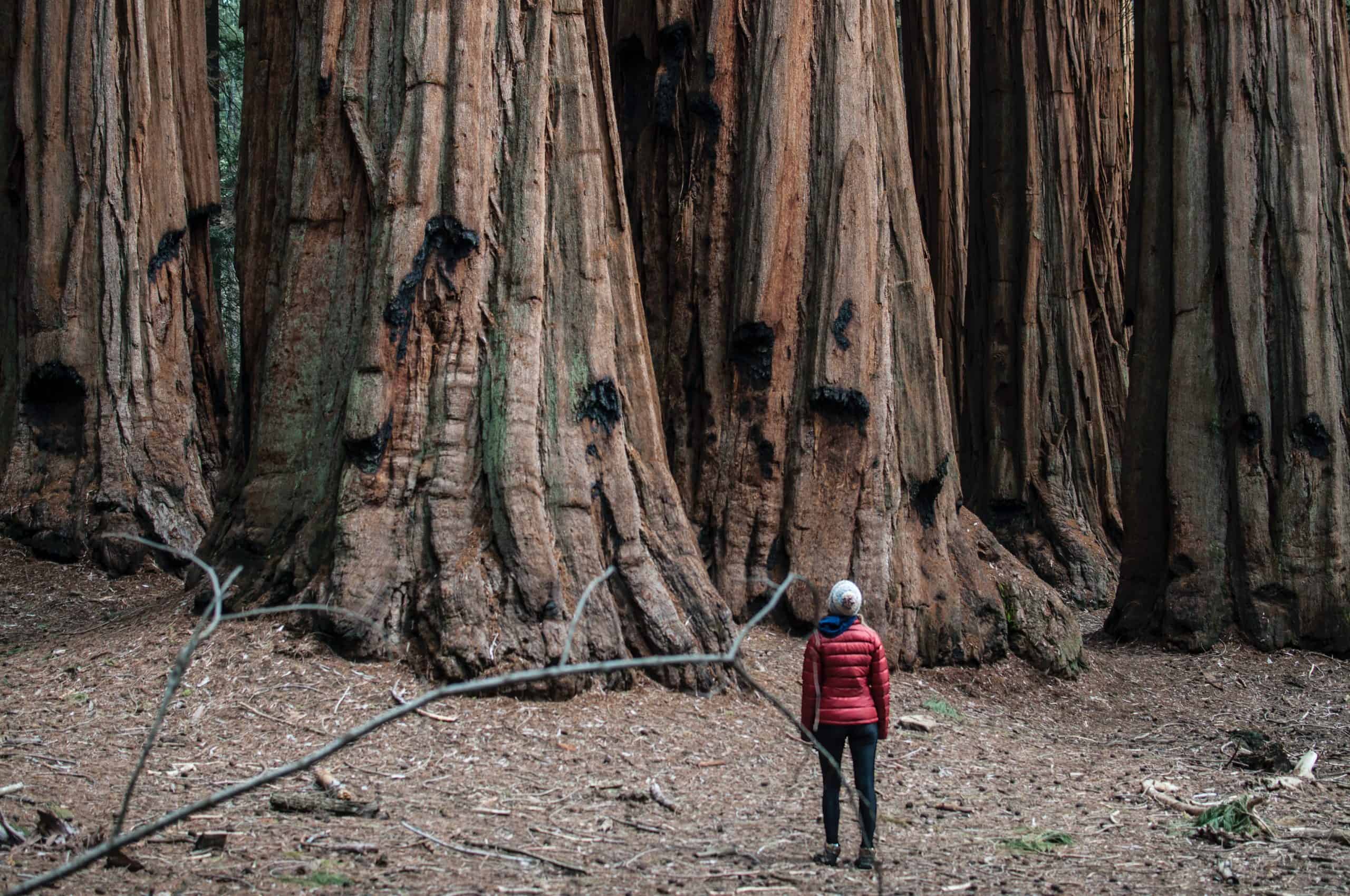
People dedicate so much time to General Sherman because it is such a fascinating tree. The following facts prove as much:
- According to Famous Redwoods, General Sherman has 2 billion leaves and 74,000 cones.
- It has a height of 274 feet, a volume of 52,500 cubic feet, a width of 27 feet, and an elevation of 6,900 feet.
- General Sherman became the largest tree in 1931.
- When J. W. Jordan (San Joaquin Light and Power Corporation) measured it, General Sherman was just one of four very large trees. The other three were Hart, General Grant, and Boole. After making his measurements, Jordan determined that General Sherman was the largest.
- For a time, a socialist society (Kaweah Cooperative Commonwealth) called the tree ‘Karl Marx Tree.’ They rejected the ‘General Sherman’ name because the General had helped eject the local natives from their homes.
- The name change did not last. The establishment of Sequoia National Park forced the socialist colony to disband. The tree became ‘General Sherman’ once more.
Conclusion
Many people visit Sequoia National Park for the express purpose of seeing General Sherman only to realize that the park is also filled with other giant trees. Though, General Sherman is the crown jewel, especially when you consider the fact that some of its branches are larger than the trees in your backyard.
The tree attracts large crowds, and you should brave General Sherman up close at least once in your life.

